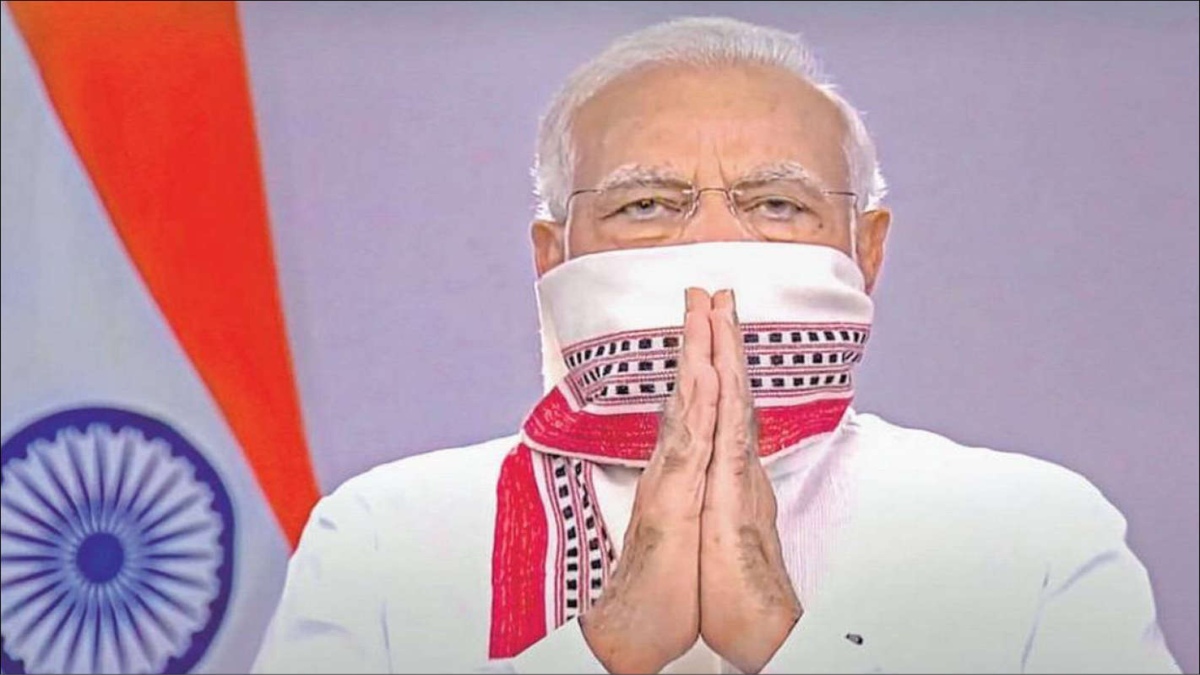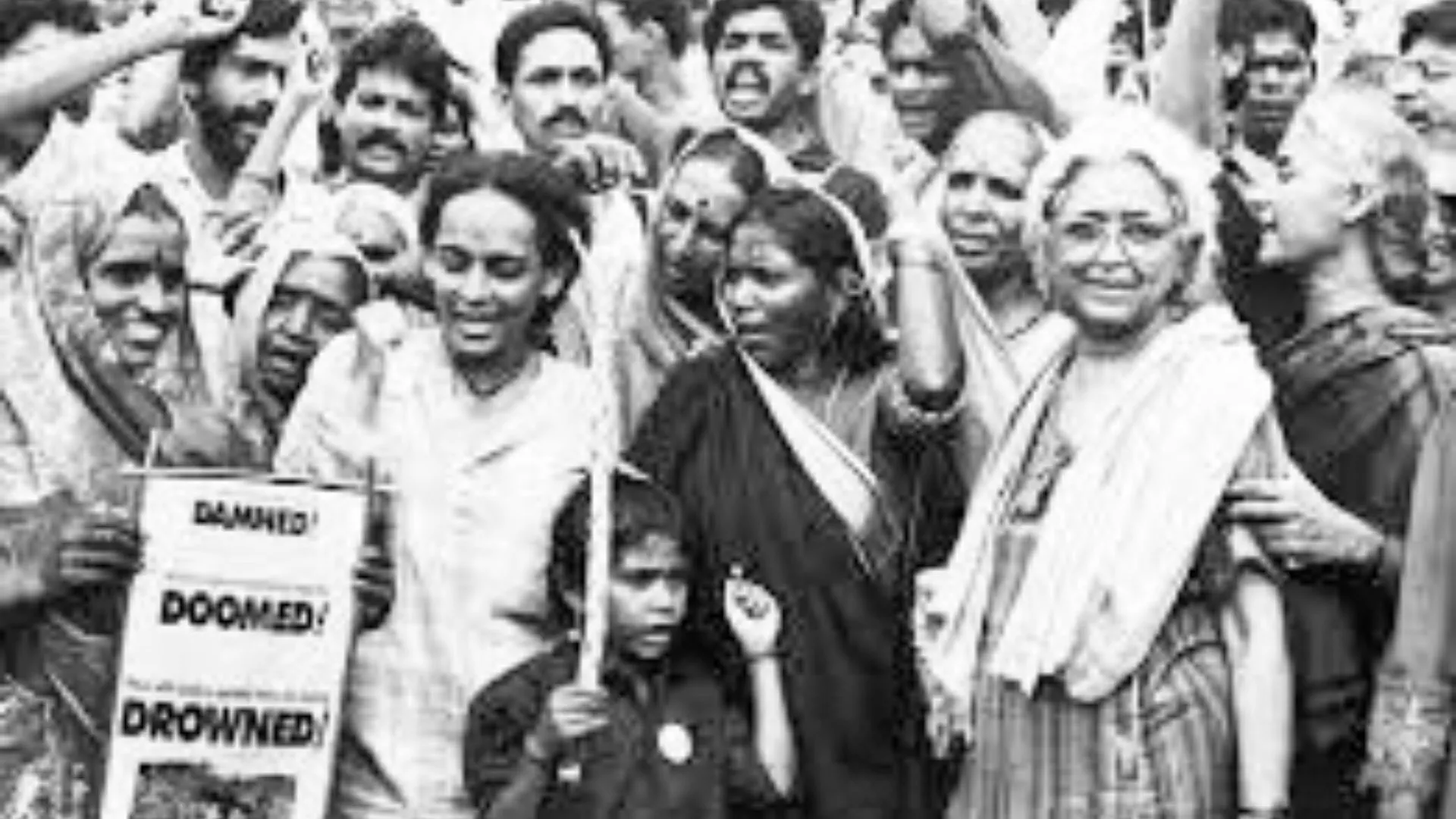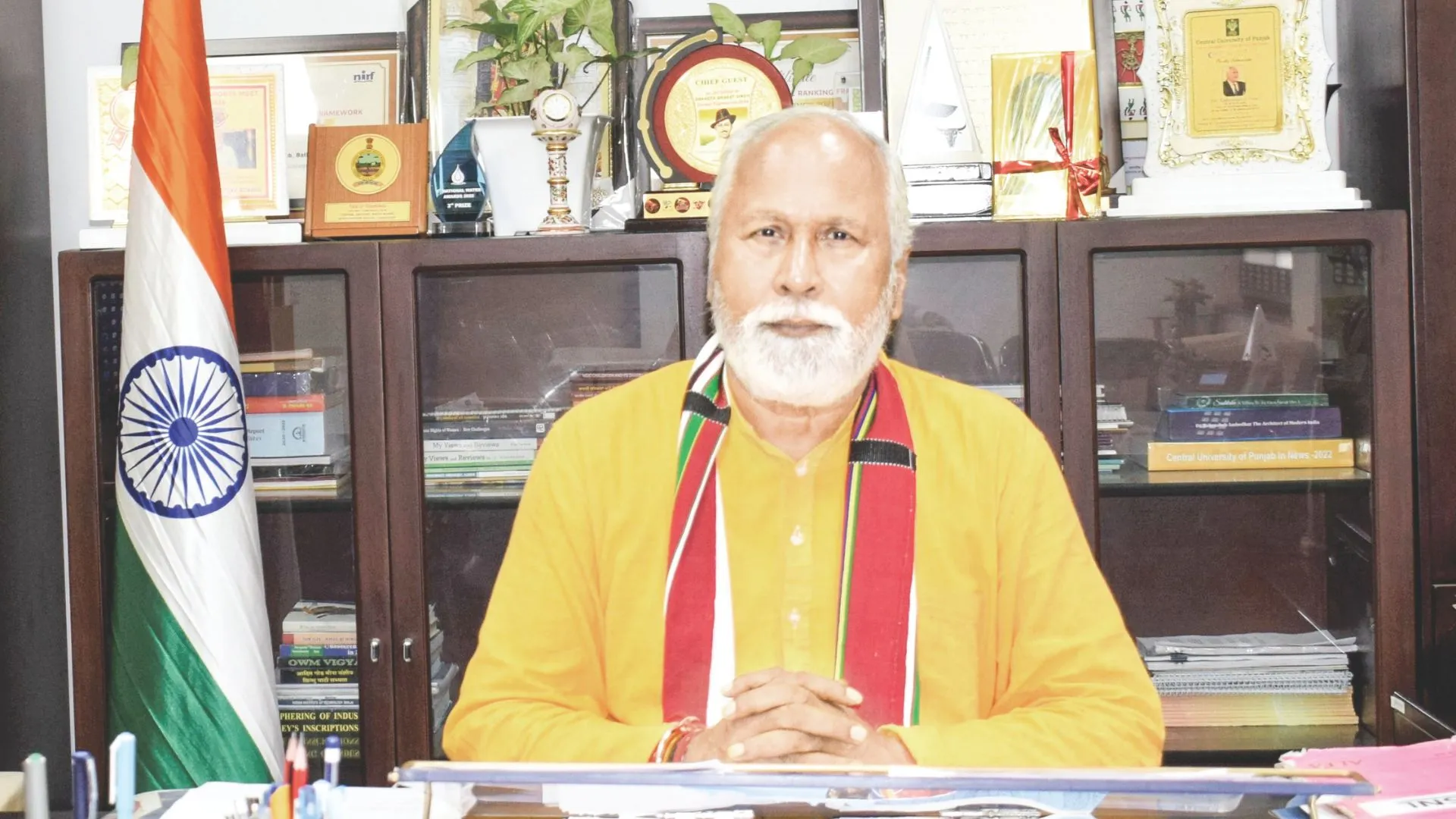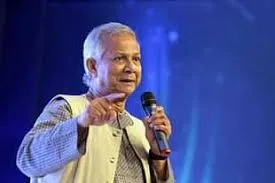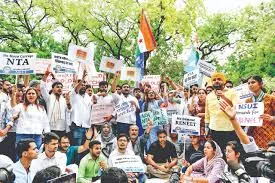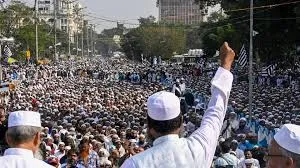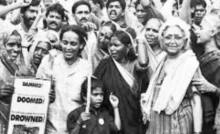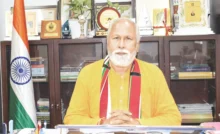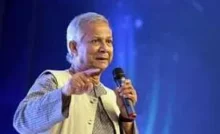Case fatality ratio (CFR), which estimates the proportion of deaths among identified confirmed cases, is the best measure to gauge how successful a government has been in the fight against a global pandemic like Covid-19. The lower the CFR, the higher the success rate. At just 1.45%, India, undoubtedly, has the lowest CFR in the world, which speaks volumes about the stellar role played by Prime Minister Narendra Modi’s government in the decisive war against Covid. Despite festivals in the months of October and November, no big surge of Covid cases were reported, all due to comprehensive testing, tracking and the treatment policy implemented on the ground by a highly proactive Modi government.
India’s Covid recovery rate has also crossed 95.46% while the strategy of testing one million samples a day has decreased the cumulative positivity rate (CPR) to just 6.25%. In another reassuring sign, the daily positivity rate (DPR) has fallen to a low of 3.45%. The one million tests per day figure in India is five times more than the standard set by the World Health Organization (WHO). This is a clear reminder to all and sundry that the Modi government has been at the forefront in the fight against Covid.
The active caseload in the country has also been falling consistently and currently accounts for barely 4.44% of the total cases. The CFR in Karnataka fell recently to 0.99%, from an already low 1.32% in November. Similarly, Uttar Pradesh, the most populous state in India with 220 million people—a population equal to that of Brazil—has reported a little over 8,200 deaths. In sharp contrast, Brazil, with a population density of just 25 persons per square kilometre, has reported over 189,000 deaths. The moot point is that whichever way you look at it, India’s pushback against the Covid pandemic is a textbook case of how to manage a crisis effectively and seamlessly.
Compared to countries like Brazil, Canada, the US and Russia, India has a far greater population density and yet, India has had the lowest deaths per million, which again speaks volumes about the war footing on which the Modi government mounted an offensive against the global pandemic. For example, despite a population density of just 4 persons per square kilometre, Canada’s CFR of 4.3% is more than double of India’s, which has a population density of 455 persons per square kilometre, as per the World Bank. Preliminary numbers suggest that the United States is on track to see more than 3.3 lakh deaths this year, with Covid cases currently at 18.5 million. The US, with a population of 330 million, has a population density of just 36 persons per square kilometre. The US’ population is just 24% of India’s, which is a massive country of 1.38 billion people. Yet, India has put up a tremendously superior fight against the Wuhan virus, with India’s death rate being less than half of America’s. Again, compared to the US, India’s overall Covid cases are 80% lower, at barely 10 million. PM Modi has repeatedly stressed that India made the fight against coronavirus a ‘peoples’ movement’ with the joint efforts of the government and civil society. It is precisely this collaborative effort which has helped India outperform its global peers in the fight against this deadly virus.
PM Modi’s food security scheme for the needy, called the Pradhan Mantri Garib Kalyan Yojana (PMGKAY), provided 5 kg of rice or wheat per person and 1 kg of dal or gram to each family, making it the largest food security program in the world. For nine months, starting March 2020, every month, close to 81 crore people were given free ration by the Modi government. This effectively means that a population 2.5 times the size of America was being fed every single month, nine months in a row, in an unprecedented outreach by the Modi government during the pandemic. No government anywhere in the world has delivered such a large scale food security program to such a large mass of people. This initiative reflects glowingly on PM Modi’s excellent execution skills.
Be it earthquakes, cyclones, pandemics or any other natural or man-made crisis, India has always responded with speed and solidarity. The Vande Bharat Mission brought back over 30.9 lakh Indians back home from different parts of the globe, showcasing the visionary Modi government’s commitment. India also extended medical and other assistance to more than 150 countries in the fight against COVID-19.
PM Modi’s ambitious Ayushman Bharat scheme, the biggest healthcare program in the world, aimed at providing free healthcare and insurance to 500 million Indians, also worked wonderfully during the pandemic. Now, critical aspects of vaccination, the processes of pre-clinical and clinical trials of six vaccine candidates undergoing trial in India (in terms of composition, manufacturers and technical partners, numbers of doses, and conditions for storage and efficacy), and the composition of target populations in India in terms of age, occupation and co-morbidities, and how they compare with other countries, are being monitored on a daily basis.
2020 will go down in history as the year that tested human resilience and the will to survive. 2020 will also be remembered for separating the men from the boys. While an overconfident Italy, once admired for its health system, saw its medical infrastructure crumbling in the face of the coronavirus scare, PM Modi’s deft handling of the Covid pandemic and an early lockdown saved millions of lives with minimal damages. India has shown that a vigilant political leadership is critical in desperate times like these. Italian Prime Minister Giusseppe Conte could certainly take a leaf out of PM Modi’s book.
The mysterious disappearance of Chinese real estate tycoon Ren Zhiqiang, the harshest critic of Chinese premier Xi Jinping’s miserable failure, at the height of the pandemic, is a telling reminder of how China still resides in the 18th century when it comes to handling matters more humane. The fatal explosion of a hospital in China›s Chongqing municipal province, which had thousands of patients afflicted with the infamous virus, is also a grim reminder of everything that is wrong with the “Made in China” model. Many even suspect that the explosion was «engineered» by the Chinese regime to get rid of thousands of people. China’s wildlife trade, worth more than $80 billion, and with over a million people employed in the industry, has recklessly endangered large parts of the globe. But, clearly, China could not care less, as hard numbers are all that it cares about.
Contrast China’s sordid lethargy with the Modi government’s unfettered and much needed overdrive against the Wuhan virus from the word go. Rather than acknowledging the problem in its initial stages, when it could have been contained to prevent it from imploding into a full blown contagion, all that the Chinese did was to deny the existence of the virus. From the Bubonic plague in 1855 to the Spanish Flu in 1918 to SARS in 2004, and now with Covid-19, every major pandemic can be traced back to China and its love for eating anything that moves, from bats and rats to illegally trafficked pangolins.
Contrast the policy of obfuscation and apathy followed by China with the probity and transparency shown by India. India›s endearingly humane approach in ensuring help to those beyond its own borders is evident from the supply of a 3 month stock of medicines to Maldives and other neighbouring countries. India also decided to export pharmaceuticals to Israel despite the ban on drug exports. The ban was lifted following a special request by Israeli Prime Minister Benjamin Netanyahu to PM Modi. India is the world’s main supplier of generic drugs. But the country also restricted the export of 26 pharmaceutical ingredients and the medicines made from them, including Paracetamol, a common pain reliever, which is also sold as acetaminophen, as the coronavirus pandemic spread across the world. For the Modi government, the fight against the Wuhan virus has been centred around the “India First” approach and rightfully so.
The world, therefore, has a lot to learn from India, which has showcased, in no uncertain terms, that the «Namaste» as a form of greeting is far more hygienic than a handshake. A vegetarian diet, preferred by most Indians, especially among Hindus, is also a much safer bet, than being beef-eaters in testing times like these. So, while the leftist media, both locally and internationally, has had a whale of a time making “gaumutra” jokes in past years, post the Wuhan virus, the joke is certainly on those who regularly eat slaughtered animals with remorseless impunity! Under Modi›s leadership, there has been a cultural renaissance for the Hindu cause and the Hindu way of life. Whether it is offering prayers at the Sangam to “Maa Ganga” during the Kumbh mela at Prayagraj in February 2019 or paying obeisance to Lord Shiva at the Kedarnath shrine in May 2019, PM Modi›s solidarity with Hinduism as a way of life has been a huge catalyst in bringing millions of Indians closer to their roots and leading a cleaner, fitter and healthier life, which is what our ancient texts and sages had always focused on.
The Wuhan virus is, among other things, the result of China’s unsustainable development model, which has not only paid scant regard to cleanliness and the environment, but arrogantly dismissed the usefulness of building adequate social infrastructure. PM Modi’s “Make in India›” model, on the other hand, has paid equal weightage to both financial and social capital, with India targeting 175 GW of renewable energy sources by 2022, of which, at least 100 GW will be solar energy. From founding the International Solar Alliance (ISA) in 2015 along with France, building over 116 million toilets in the last six years under the «Clean India» or “Swachh Bharat” mission, making India and its 5.5 lakh villages open defecation free (ODF), to the emphasis on banning single-use plastic, recycling waste and reducing India›s carbon footprint, sustainable development has been the hallmark of Modinomics.
The first case of the novel coronavirus can be traced back to 10 December 2019 after a 57-year-old lady Wei Guixian, a seafood merchant in Wuhan›s Hua›nan wet seafood market, fell sick. The Chinese government and state media on 31 December 2019 reluctantly admitted to the presence of some “mysterious pneumonia”. The first death from the deadly Wuhan virus happened on 9 January 2020, but China acknowledged the existence of the deadly coronavirus and informed the public only on 18 January 2020. This delay happened, despite China being aware on 11 January of seven senior health workers who had been affected. The worst part is that China quarantined Wuhan only on 22 January 2020, after some 5 million people had already left Wuhan a few days prior to the quarantine.
Amidst all this, 34-year-old doctor and whistleblower, Li Wenliang, who was forced to sign a letter on 3 January 2020 under police and political pressure from China›s ruling Communist party saying he had spread lies about this fatal virus, died on 7 February 2020 while treating patients. Li is a national hero today in China but sadly, he is no more, thanks to the Chinese government, which had wanted to keep the fatal nature of the virus under wraps.
China has been more worried about its global image, even if it has meant playing around with the lives of its citizens, including children, doctors and students. Li Wenliang›s death is a tragic and gory reminder of how China may be a dominant economy but can be ruthlessly insensitive and hopelessly incompetent, even during a healthcare crisis. This is how “Made in China” fell apart piece by piece in 2020, showcasing to the world that the Chinese model is more like a destructive and aimless bull in a China shop. In sharp contrast, Modinomics is about growth with equity and development that is married to the avowed principles of humanity.
India also produced over 60 million PPE kits and 150 million N95 masks from March to October in 2020. India also exported over 20 million PPE suits and 40 million masks during this period, in a befitting tribute to PM Modi’s clarion call of “Vocal for Local”.
India is a vast country of 1.38 billion people and shares a 3,488 km-long border with China. India’s response to Covid-19 under the outstanding leadership of “Global Goalkeeper” Modi is a textbook case of how great leaders do not escape—rather, they take the bull by its horns. PM Modi took the lead in hosting a video conference of the SAARC nations, where India pledged to share disease surveillance software, work towards a common research platform and provide all help required, including assistance from the Indian Council of Medical Research, to its SAARC partners. India has also taken the lead in setting up a Covid-19 emergency fund, with a voluntary contribution of $10 million. Taking a cue from PM Modi’s initiative, the G-7 group decided to host its summit via video conferencing in June this year. And then, of course, virtual meetings became the norm this year.
It is needless to add in the final analysis, PM Modi’s “Make in India” model runs high on both the growth and humanitarian quotients, whereas Xi›s “Make in China” lacks the emotional quotient that separates a robotic, authoritarian regime from an aspirational India helmed by a “karmayogi” like Prime Minister Narendra Modi, who leads by example, never playing on the back-foot and always keeping the nation first, above everything else. Covid-19, which is still unfolding, will also be remembered for the global outreach by the Modi administration, which has shown to the world how a responsive and nimble-footed government can tackle any emergency with the right mindset and, more importantly, with a heart that is in the right place.
The writer is an economist, national spokesperson for the BJP and the bestselling author of ‘Truth & Dare: The Modi Dynamic’. The views expressed are personal.


